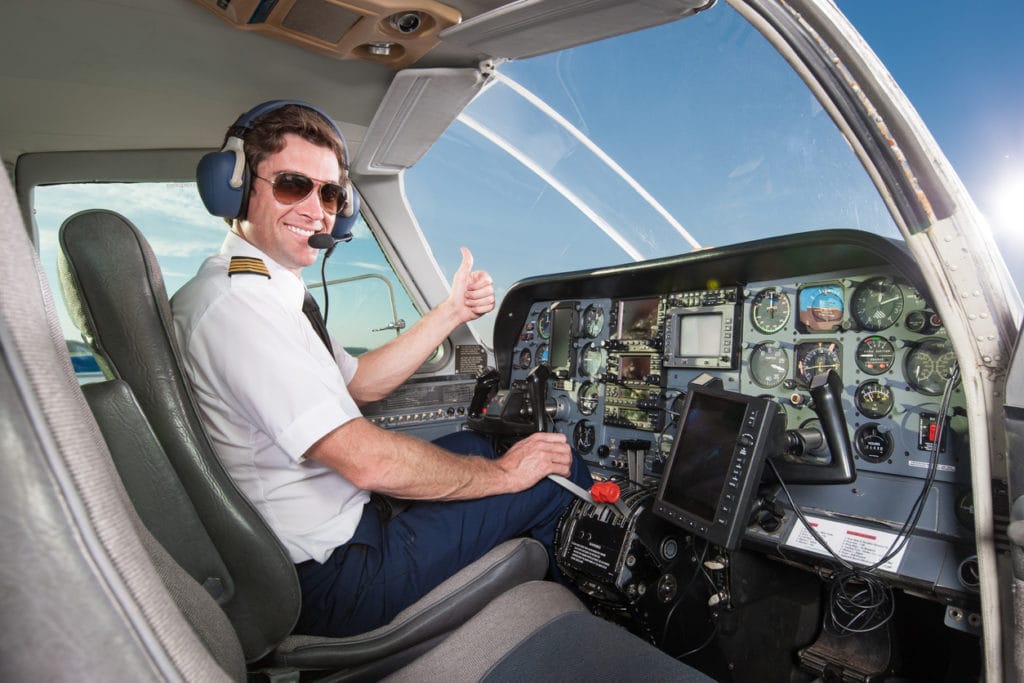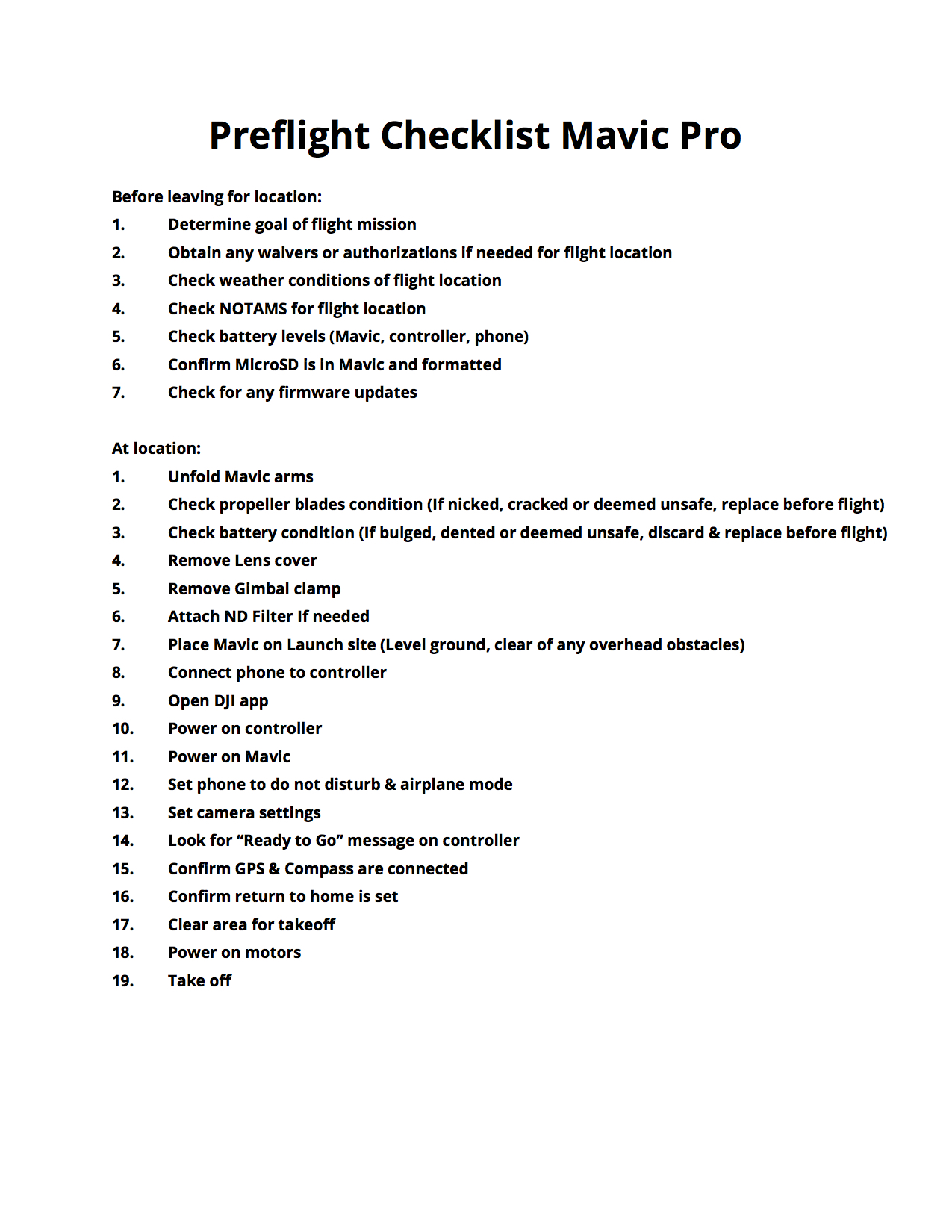

These trailers also allow the pilot to relocate the glider easily. Enclosed trailers protect the airframe from exposure to the natural elements when not being used. Gliders that are not used on a daily basis are often disassembled and stored in specially designed trailers. Consequently, the glider should be kept clear of, and not obstruct, the launching area while pre-flight preparations are being accomplished. The glider is not safe to fly until all necessary pre-flight preparations and checks have been completed. Where Pre-Flight Preparations should be Carried Out The following sections review typical pre-flight tasks in which the ground crewmember may be asked to assist. The pilot may require assistance to accomplish some of these checks and the ground crewmember may be asked to assist in completing them. FAA Legal Interpretations and Chief Counsel's Options search pageĪSSISTING THE PILOT WITH PRE-FLIGHT PREPARATIONS Introductionīefore the pilot is ready to climb into the glider for takeoff, a number of preparations and safety checks must be completed to ensure that the glider is in an airworthy condition.You should see what type listed in the POH and/or on a placard (sticker) next to the fuel cap. Your airplane most likely only runs on one specific type of fuel. Look at the overall condition of the airplane (is it the way the manufacturer intended it to be?).

The dash is a great place to have keys located during your walkaround so both you and others operating around the aircraft, such as a fueler, know the keys are not in the ignition. If checking lights, do a preliminary walk around to check them and then turn the battery off to conserve battery throughout the rest of your preflight.īefore leaving the cockpit for your exterior walkaround with the checklist in-hand, ensure the keys are not in the ignition. This also serves as a good point to lower the flaps and turn on all aircraft lighting. It can be helpful to do this before manually checking the tanks as it will allow you to cross-reference if the fuel gauges are reading accurately.
#Preflight check manual#
Ensure the airworthiness certificate, radio operators license (if required), aircraft registration, operating limitation documents (usually found in the Pilots Operating Handbook “POH” or Airplane Flight Manual “AFM”), and the aircraft weight and balance are in the aircraft.Īs you finish your initial cockpit checks, turn on the battery switch to check fuel quantity indications. Perform an “ARROW” check once you get to the airplane. You have a different vantage point here as compared to the rest of your preflight, which may be beneficial for identifying issues such as bent or damaged landing gear, struts, wings, etc…

#Preflight check how to#
Inside the POH you’ll find a dedicated section on how to specifically inspect your particular aircraft.Īn example of the preflight section in a POH is below:ĭo a “once over” as you walk towards the aircraft. This manual referred to as Pilot’s Operating Handbook or “POH”. Most airplanes have similar preflight operations, with just a few differences depending on the specific systems installed on that particular plane.Įach airplane has a manual with it, located in the airplane. In this topic, we’ll cover how to do a proper preflight on a Piper Cherokee.


 0 kommentar(er)
0 kommentar(er)
